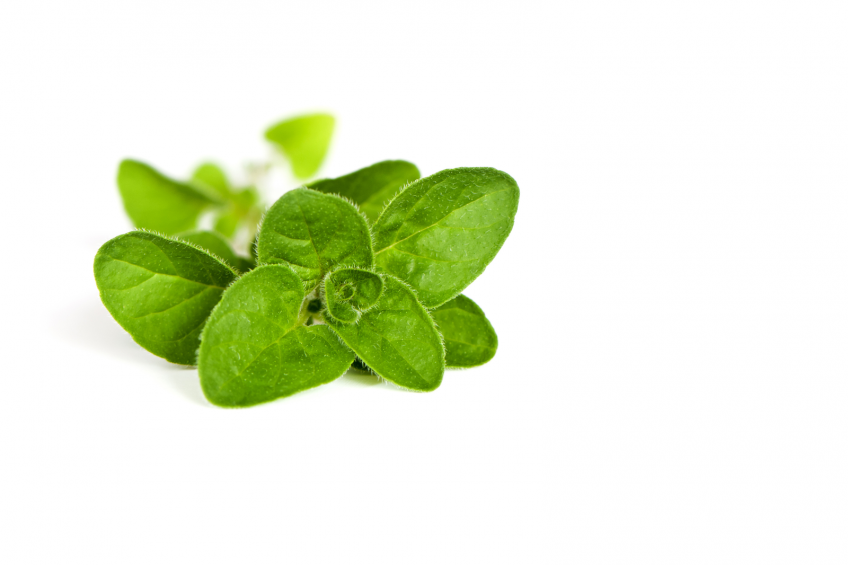Natural solutions: Organic acids and phytogenetics

To fill the void created by the reduction in antibiotic use, the livestock industry has witnessed an increased interest in natural alternatives. Two groups of compounds have shown promise; these are organic acids and phytogenics.
The livestock industry demands increasing levels of animal productivity and efficiency. Historically, antibiotics and antibiotic growth promoters (AGPs) have had a significant role in helping to achieve the levels of production we see today. However, health concerns have led to legislation and consumer pressure calling for livestock production to be less reliant upon antibiotics and more focused on natural alternatives.
Historical significance of organic acids
Organic acids are naturally occurring, carbon containing compounds with acidic properties. Antimicrobial activity, which has been used for centuries to control undesirable microorganisms in foodstuffs, has been well documented. The antimicrobial activity however, varies according to acid and organism. For example, inhibition of E. coli requires a concentration of formic acid less than 1/10th of that required to inhibit lactobacilli.
Organic acids have been shown to positively influence the gut microbiota, shifting the bacterial balance towards bacteria that are considered beneficial for a healthy gut e.g. Lactobacillus and reducing those organisms considered detrimental to production or food safety e.g. E. coli or Salmonella. Furthermore, organic acids have been shown to have positive effects on intestinal morphology and the immune system. Consequently, they also have a positive effect upon livestock performance. The presentation of the organic acid i.e. as the acid on its own, a salt or protected in some way (encapsulated or on a mineral carrier) can determine the efficacy of the acid for its intended purpose. Typically, the protected acids have the most observable effect upon gut health.
Medicinal capabilities of phytogenics
Phytogenics (often referred to as essential oils, plant extracts, botanicals or phytobiotics) are also naturally-occurring compounds derived from plants. This grouping represents a diverse range of compounds, of which, the oils are probably of greatest focus. Plant material has been used for ‘medicinal’ purposes for probably as long as they have existed and examples can be found in modern medicine, for example, morphine. Essential oils are complex, hence, there is a challenge for commercial production to ensure consistency of product.
Phytogenics can be very effective antimicrobials and work has shown that plants such as oregano may be particularly effective. Generally, phytogenics are considered to be slightly more efficacious against gram-positive than gram-negative bacteria and the individual components of phytogenic compounds may have additive or synergistic effects.
Essential oils have been shown to positively influence intestinal morphology, for example in broilers. The antiprotozoal activity of phytogenics e.g. Eimeria has also been demonstrated. Furthermore, certain essential oils have antioxidant activity in vitro. This has also been demonstrated in sows for example, where modulation of the microbiota using a phytogenic led to an improvement in the antioxidant capacity and performance of the sow and her piglets. The drive for increased productivity with less reliance on antibiotics requires credible alternatives. Organic acids and phytogenics have consistently demonstrated that they can offer a wide range of benefits in livestock production and should be seriously considered as options for gut health management programmes.
For a full version of this article, contact sales@anpario.com.











